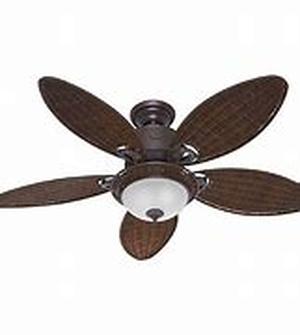
But Even Then, What We Have For Clock Designs Can Still Occupy An Entire Gallery. Here Are Some Of The Most Colorful Ones.The Egyptians Is A Mighty Race During Their Time. A Number Of Achievements In The Prehistoric World Are Attributed To Them. And One Of Them Is Time. Egyptians Are The Masters Of Stone Working And So It Was Only Natural That Innovations They Would Make Would Most Likely Be Stone Based. The Sundial Is A Simple T-square Structure That Faces The East. During The Suns Progress Of The Day, The Large Stone Device Casts A Shadow Over A Length Of Material That Is Marked According To The Passage Of Time. Simple But Effective Since The Sun Is Particularly Dominant In The Equatorial Part.However, Those That Have Absence Of Such Elements Have To Rely On Something Else. And Clock Designs Began To Take Shape On Something Else. Though Proven To Be Also An Innovation Of The Egyptian Race, The Water Clock, Or Known As The Clepsydra Found Widespread Use On European Places. Particularly In Greece Where A Number Of Water Vessels Specifically Used As Clepsydras Are Excavated. A Record Even Detailed How Plato Engineered The First Ever Alarm Clock Design. By Devising A Tipping Columnar Clepsydra That Holds Several Floating Hollowed Lead Balls, When Filled The Vessel Tips To Deposit The Lead Balls To A Metal Basin. At The Age Of The Renaissance, Also Known As The Age Of Sails For Some Or The Age Of Discovery, Clepsydras Are Becoming An Impractical Device For The Cramped Quarters Of Ships. Impelled By The Need For Measuring Time At Sea, Hourglasses Have Surfaced To Meet This Demand. Hourglasses Are Used To Such An Effect That Sundials, Obelisks And Clepsydras Became Non-existent. Many Have Attributed That The Discovery Of The Hourglass Also Hasten The Technology Of Timekeeping And Also Opened Doors For Astronomy And Cartography.Astronomy Began To Make A Profound Effect On Clock Designs. Timekeeping Devices Such As The Astrolabe And The Previous Orrery Became Standard Mechanical Clock Designs.Mechanical Clocks, Whose Broad Clock Designs Range From Simple One Hand Devices To Several Spans Of Astrolabe, Are The Forerunners Of The Present Day Clocks. They Have Several Elements In Common: Power Supplied More Commonly By A Coiled Spring Or A Weight, Escapement To Provide Periodic Repetitive Action, A Set Of Interlocking Gears That Control The Indicators Or Hands, And The Hands Or Indicators Themselves.Clock Designs Of The 20th Century Are Still Reminiscent Of The Standard Set By The 14th Century Mechanical Clocks. The Recent Addition Was The Digital Clock Designs Though The Concept Remains Relatively The Same.





